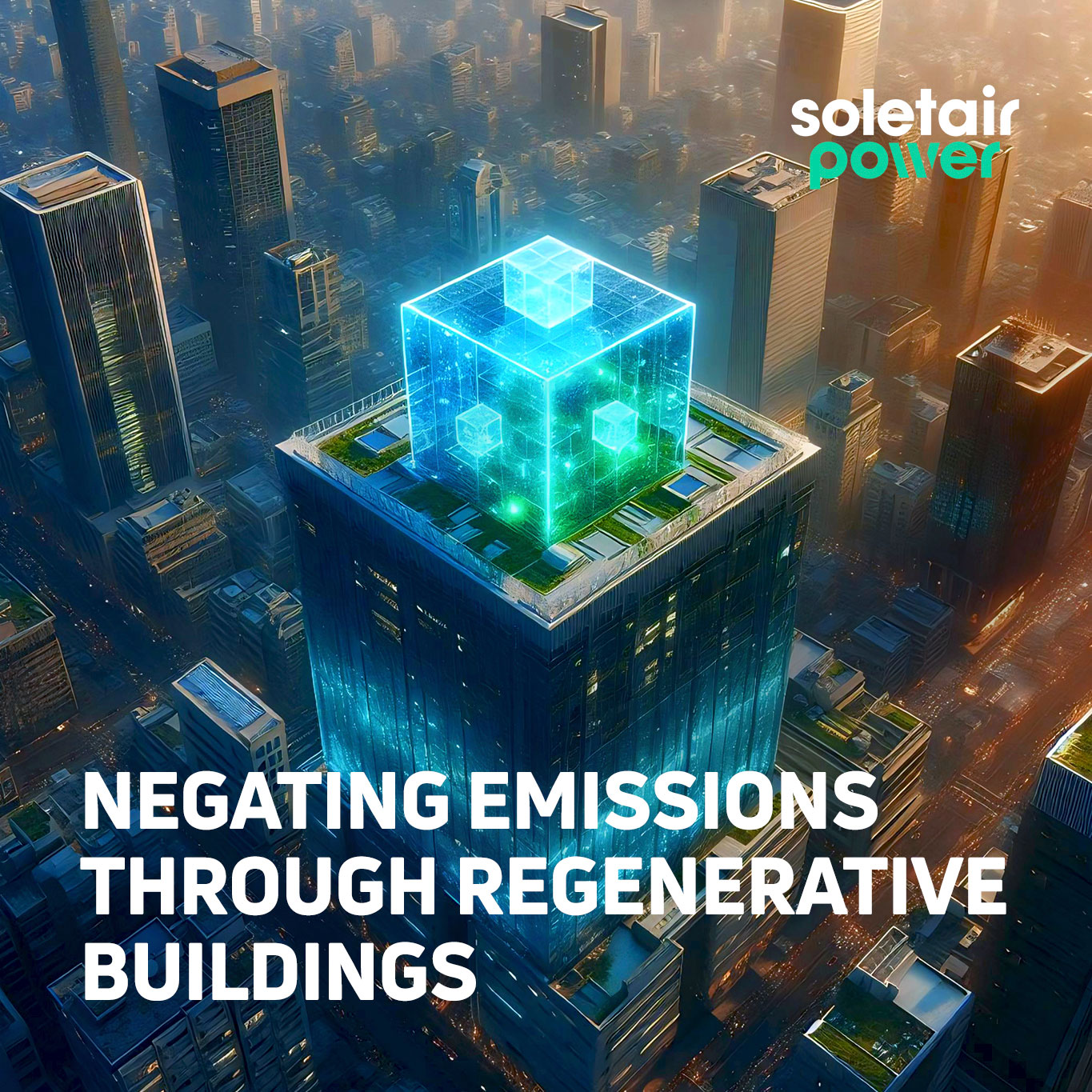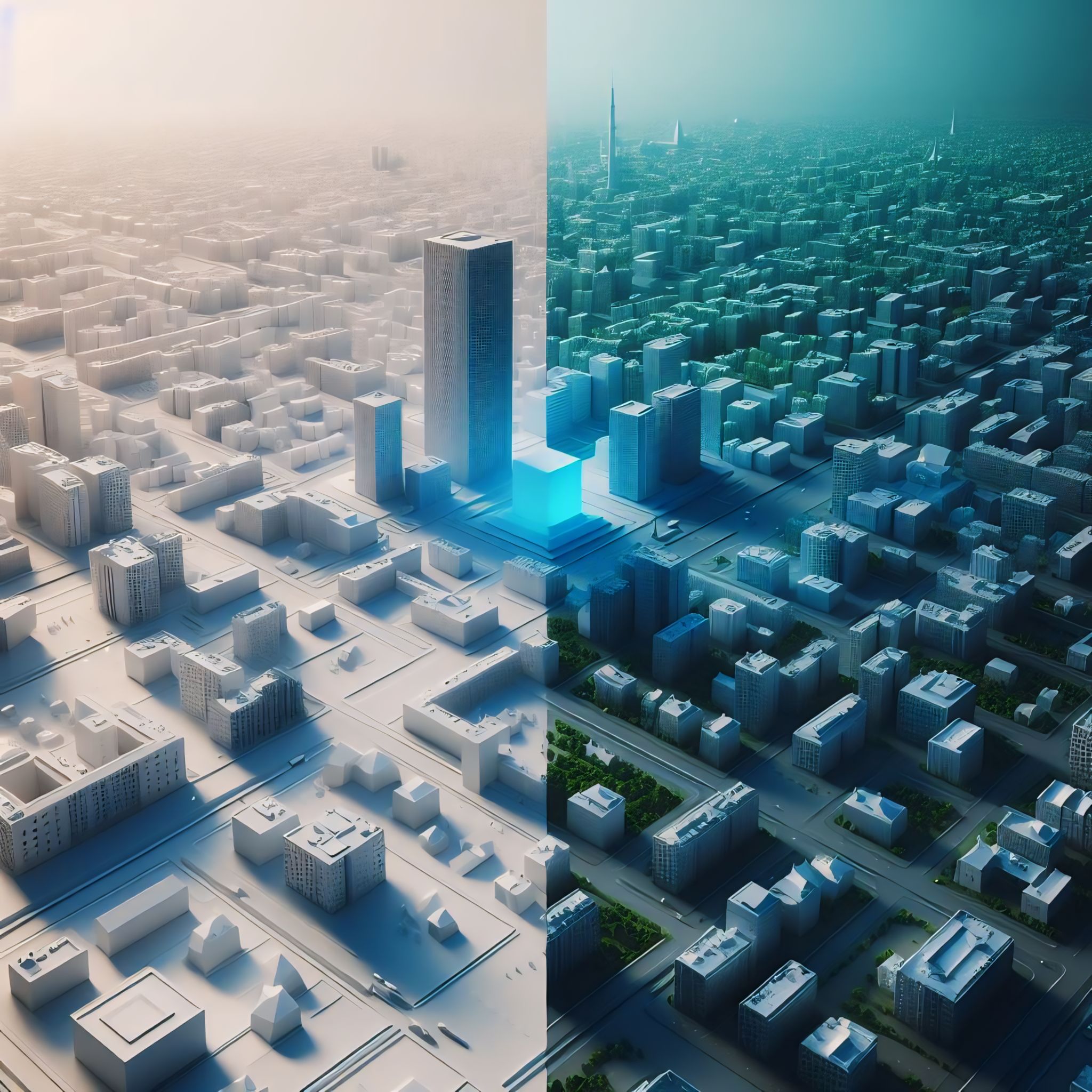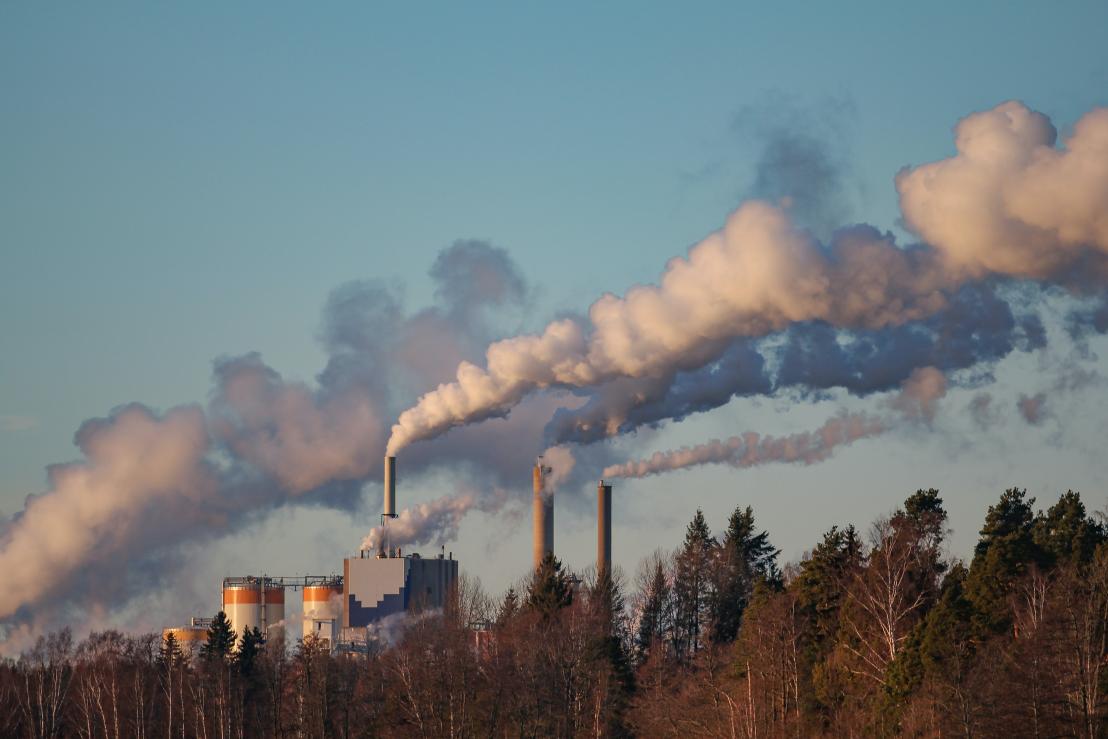People around the world today enjoy the many benefits of industrialization. With access to so much more energy, we do much less physical labour than earlier generations did. The benefits of industrialization, however, have come at great cost.
Fossil fuel became a driving force behind industrialization. They powered new factories, ships, and trains, and provided heat for homes. But unfortunately, burning fossil fuels has already released a significant amount of carbon dioxide into the atmosphere. The CO2 buildup is acting like a blanket, trapping heat and causing the global temperature to rise. Consequences are already being felt: extreme heat waves, melting glaciers, rising sea levels, disrupted weather patterns, and a drastic increase in droughts and hurricanes.
Emissions need to be curbed.
Everyone, especially companies, now need to aggressively cut emissions and actively remove existing ones from the atmosphere.
We have the tools.
The first step is reducing net energy consumption of an organization by reducing on-site CO2 emissions. The next target is to get office or factory sites powered entirely by clean energy sources like solar or wind. However, even with renewables, some emissions will still occur. Those can be neutralized through negative emissions technologies. It’s important to prioritize actual reductions though. For example, net-zero with SBTi (Science Based Targets initiative) primarily focus on reducing emissions and they say only the final 5-10% may be neutralized through offsetting or carbon removals.
Say your company’s initial carbon footprint is 100 tonnes of CO2eq. This means you are allowed by SBTi to use external carbon removal credits to neutralize a maximum of 5-10 tonnes of CO2eq!
Regenerative Buildings
Companies can reduce Scope 2 emissions by operating in “Regenerative Buildings.” These buildings are constructed using materials with low embodied carbon emissions and are expected to be equipped with technologies that capture CO2 from the air and convert it into stable minerals, permanently removing more CO2 from the atmosphere than they release.
Buildings are actually ideal for this – the existing ventilation systems offer a massive platform for large-scale distributed CO2 capture all around the globe. The weatherproof environment inside, readily available surplus heat, and the ability to optimize energy use through cascading heat systems – all these factors combine to make carbon capture systems integration in buildings a powerful tool for achieving long-term carbon negativity. Even the heat generated by existing machines within the building, for example from servers in data centres, can be repurposed.
Regenerative buildings can go beyond simply reducing emissions. By choosing regenerative buildings, companies and industry leaders can pioneer a path towards a healthier planet for all.







